Analysis
Relations between the United States and Russia are incredibly tense as both countries prepare for their respective presidential elections in 2012. The campaign season has presented both sides opportunities to escalate tensions, but it is unclear how far each side will go.
Moscow and Washington have been in a standoff over myriad issues ever since Russia began to roll back Western influence in its periphery and assert its own power. Following the collapse of the Soviet Union, the United States got involved in the region intending to create a cordon around Russia to prevent it from ever becoming a global threat again. But after 2001, the U.S. focus shifted to the Islamic world, and a previously crippled Russia began to strengthen. Washington continued some of its policies of Russian containment, such as trying to give the key former Soviet states of Georgia and Ukraine NATO membership, but Eurasia was not the United States' key focus.
This gave Russia the time and opportunity to resurge into its former Soviet states. Moscow's ultimate goal is not to recreate the Soviet Union -- that entity eventually failed. Instead, Russia wants to limit the influence of external powers in the former Soviet Union and be recognized as the dominant player there. Consequently, foreign governments -- particularly the United States and Europe -- must shape bilateral relations within the framework of this understanding. In the past few years, Russia has been relatively successful in regaining influence in many of its former Soviet states. This brought Russian power back to its broader frontiers, especially in Central Europe, where the United States has staked a dominant position. Russia is not looking to control Central Europe, but it does not want the region to be a base of U.S. power in Eurasia. Washington sees Central Europe as the new Cold War line -- a position previously held by Germany -- that halts Russia's influence.
Recommended
The Standoff: Missile Defense
Tensions between Moscow and Washington can be attributed to one primary issue: ballistic missile defense (BMD). The United States' BMD systems are scheduled to become operational in Romania in 2015 and in Poland in 2018. It is not that Russia is concerned with the technical aspects of U.S.-led missile defense systems eroding or neutralizing Russia's nuclear deterrent. Rather, BMD means a physical U.S. military presence in the region, showing Washington's security commitment to Central Europe against a strengthening Russia.
The United States claimed that the systems are intended to counter the rising threat from Iran. In response to this claim, Russia offered to integrate its BMD system with NATO's system. According to Moscow, such integration would strengthen Western defenses across Eurasia -- indeed, all the way to East Asia. However, Washington rejected the offer, thereby confirming Moscow's suspicions that the BMD system is more about Russia than the Iranian threat. Accordingly, Russia made threatening gestures against the United States and its allies, ranging from support for Iran to the deployment of missiles on the borders of Central European countries. Russia's goal was to attract Washington's attention and shape the view inside Europe -- particularly Western Europe -- that Russia had offered the West partnership in missile defense but was being forced to take countermeasures against the United States.
New Leverage
In December, Russia gained a new and much more effective card to use against the United States in the BMD debate when a U.S. helicopter strike on the Afghan-Pakistani border caused the U.S.-Pakistani relationship to deteriorate. The Pakistanis responded to the strike by cutting shipments of fuel and supplies for the NATO-led war effort in Afghanistan across the Pakistani border. This left Washington and its allies with only one large supply network into Afghanistan: the Northern Distribution Network (NDN) that crosses Russia and many of its former Soviet states.
Though the NDN traverses the Russian, Baltic, Caucasus and Central Asian regions, the United States knows the route depends on Moscow's approval. Not only is Russia's territory the center of the main route, but Moscow holds sufficient leverage in most of the other former Soviet states (particularly in Central Asia) to either formally shut down the route or have sections of it cut. Cutting the NDN would lead to an official break in relations between Russia and the United States because it would put at risk more than 130,000 U.S. and allied troops. Whereas Russia's previous threats against the United States went unheeded, Washington may not be able to ignore this new threat.
The American Counter
At the end of 2011, it seemed that Russia was going to threaten to cut off the NDN to compel United States to change its position on BMD. But then something occurred that could give the United States more leverage against the Kremlin: Russian protests. In the lead-up to Russian Prime Minister Vladimir Putin's planned return to the presidency in March, Russia's political landscape has been rocked by instability. Several political and social shifts have occurred within Russia as the country enters a new phase. The stress of a shift in Kremlin policy, the rise of anti-Kremlin groups and personal feuds have also led to the utter breakdown of the Kremlin clan system Putin emplaced a decade ago to manage Russia.
Putin is vulnerable to this political volatility. Such instability is not new to Russia under Putin, but the present situation differs from previous ones in that several crises occurred at once. Putin is already sorting through each issue and most likely will make it through the upcoming election successfully. But it would be detrimental if the situation worsened -- something the United States could trigger. Putin can weather the 80,000 anti-Kremlin protesters in Moscow that gathered Dec. 24 and even the more than 100,000 that demonstrated Feb. 4 (the protesters lack sufficient funding and organization). But should the various protest groups suddenly receive cash and organizational help, Putin could have a much harder time maintaining his usual level of control.
Indeed, this is not a question of Putin's winning the presidency -- there are no viable candidates from rival parties to successfully challenge him -- but rather a challenge to his ability to rule Russia effectively while maintaining his image as a powerful leader of a powerful country.
Washington has hinted that it is willing to back the protesters if prompted. Following Russia's parliamentary elections in December, reports circulated that the election watchdog accusing the Russian government of election fraud had U.S. funding. Then, U.S. Secretary of State Hillary Clinton spoke against the results of the election in which Putin's ruling party United Russia gained the majority of seats in the Duma. But the most significant signal came when newly appointed U.S. Ambassador to Russia Michael McFaul arrived in Russia in January. On just his second day at his post, McFaul spent several hours meeting with representatives of various protest groups at the U.S. Embassy. (The protesters are not necessarily pro-Western, but they are willing to garner support where they can ahead of the presidential election.)
McFaul is considered one of the architects of the 2009 "reset" in U.S.-Russian relations that temporarily reduced hostilities, but the Kremlin sees him as a potential threat. McFaul has said that while the United States will work with Russia on matters of mutual interest, "Western leaders must recommit to the objective of creating the conditions for a democratic leader to emerge in the long term." Though McFaul denies trying to spur a revolution in Russia, the Kremlin is well aware that the United States has the ability to easily support anti-government groups.
However, this U.S. leverage most likely will be short-lived. Following Putin's likely re-election March 4, the protest movements will evolve into various organizations, smaller demonstrations and possibly small political parties. Putin will then have six more years as president to sort through Russia's political factions.
The Next Escalation?
After the election, Putin will have more time and resources to devote to other large issues facing Russia, such as its standoff with the United States. Another important event is on the horizon in May: the first NATO-Russia summit since 2008, to be held in Chicago. Russia has said that if Moscow and Washington do not reach an agreement on BMD by May, then Russia will not attend the summit. This would signal a possible breakdown of NATO-Russian relations. Russia's former envoy to NATO, Dmitri Rogozin, already linked a BMD agreement to the overall NATO-Russia relationship and the future of the NDN. As the protest movements fade, the issue of missile defense will return to the spotlight, making Moscow's previous threats a major concern for Washington.
But Moscow will be careful to not take the threat so far that it triggers a massive crisis and breakdown between the United States and Russia. Moscow might want to make the Europeans uncomfortable during the U.S.-Russian standoff, but it does not want to create a backlash and prompt the Europeans to unify with the United States over regional security. Moreover, Russia does not want Afghanistan to spin out of control, since unrest in the country most likely would spill over into Central Asia. Russia also cannot compete with the United States when it comes to a military buildup.
The Kremlin is unsure of future U.S. policy on Russia, since the U.S. presidential election is also on the horizon. Russia remembers well how ill-prepared it was for a shift in Washington when Ronald Reagan became president after Jimmy Carter. This is not to say such a shift will occur in November, but Moscow cannot be certain that it will not happen. Moscow has an opportunity to escalate tensions with the United States after Russia's presidential election, but Moscow can only push the crisis so far without creating a massive break it cannot control.
Reprinted with permission of Stratfor.
















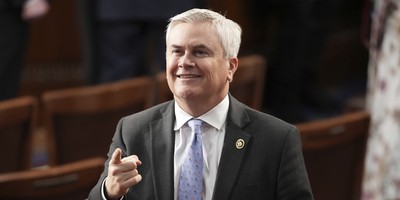


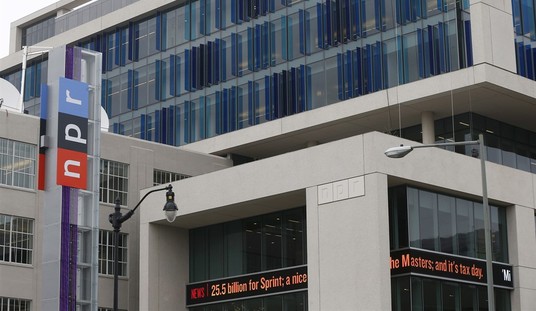
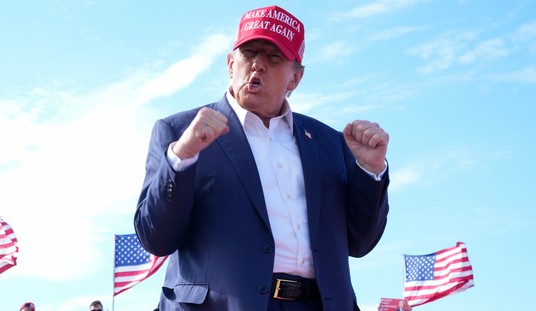
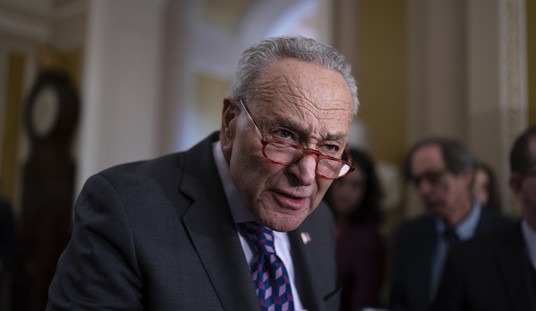

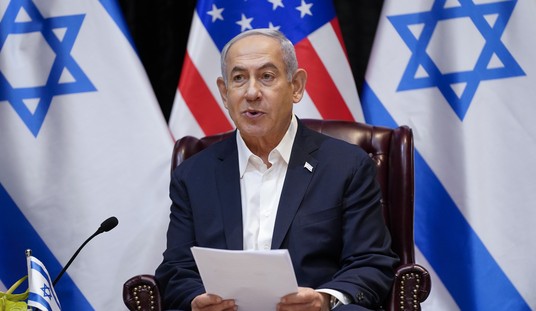
Join the conversation as a VIP Member